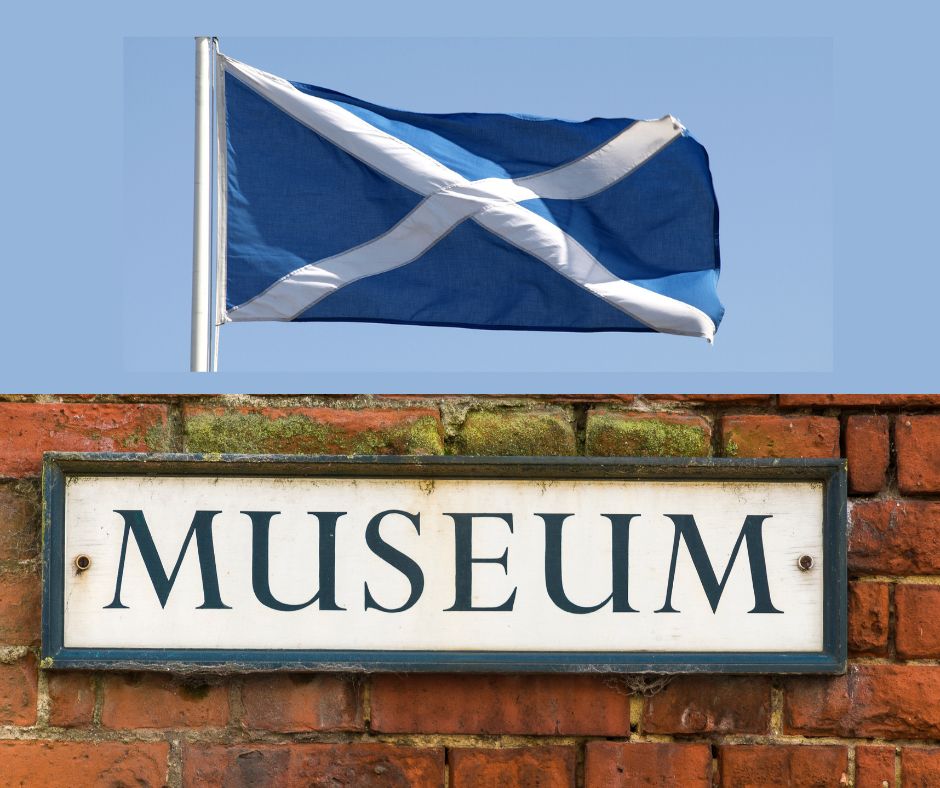
Source: AUN News
According to a delegation of First Nations officials, a totem pole taken in 1929 from the Nisga’a Nation of British Columbia, Canada, is being sought back by the National Museum of Scotland.
The pole was taken down by Canadian ethnographer Marius Barbeau, a member of the National Museum of Canada’s anthropology department who started his fieldwork in the 1910s. His inaccurate portrayal of the indigenous civilizations he observed has drawn criticism.
Barbeau took the pole from the House of Ni’isjoohl, a revered “house group,” and eventually sold it to the Scottish Museum. The pole’s carving, done by hand in the 1860s, tells the tale of Ts’wawit, a Nisga’a warrior who was the next in line to become chief before he was killed in a battle with a neighboring Nation.
According to the delegation, if the repatriation is successful, it will be the second totem pole that has ever been returned from a European museum to Canada. Nearly eight decades after it was taken, a piece known as the Haisla G’psgolox pole was born in its native country in 2006 from Sweden’s Museum of Ethnography.
The group, which includes Earl Stephens, the head of the Nisga’a Nation, Amy Parent, and Shawna McKay, is slated to meet with museum representatives on August 22.
Visit the memorial pole
According to a statement from Stephens, members of the House of Ni’isjoohl will be able to visit the memorial pole for the first time in their living memory. We are all going to be very emotional during this visit.
“The pole is a priceless possession that our revered hereditary elders have appropriately described as a cultural treasure,” continues Parent. It explains the connection between our House, the land, and our people. It was taken away from us, which meant a significant element of our national history and cultural identity was lost.
The return of the item complies with the guidelines outlined in the 2007 United Nations Declaration on the Rights of Indigenous People, which the United Kingdom signed and established a framework of minimal requirements for the survival and well-being of Indigenous people worldwide. It also relates to the Nisga’a Treaty, which included many measures for repatriation and went into effect in 2000.
Analysis by: Advocacy Unified Network
